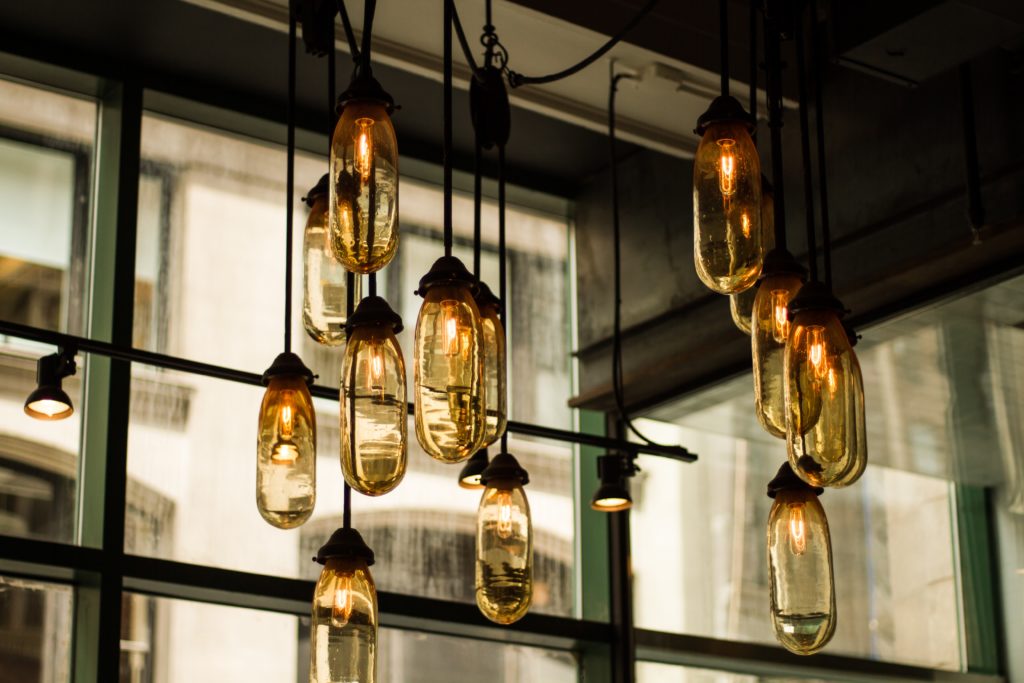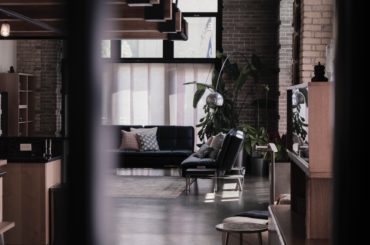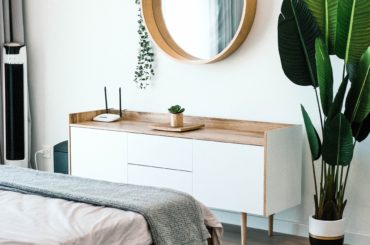When it comes to making the most of space, the atmosphere, and the character of the room at home – lighting can be one of the critical elements. The brighter lights awaken and energize, prevent sleep and, where the light is dim, create an oasis of rest, tranquility, and relaxation. So, here lighting tips to effectively design lighting to make your home look more spacious and cozy.
1. Plan the lighting
If you are starting from scratch or redesigning a room, make a brief lighting plan that covers the basics. Think about what activities will be done in each room (dining, relaxing, or working), what the main features of the room you want to emphasize, and what architectural boundaries you may need to consider. Consider style, scale, and even color temperature – “warmer” or “colder” tone. Early planning reduces headaches and the likelihood of last-minute decisions.
2. Combine different types of luminaries – “lay down lighting.”
The layered approach to lighting with different types and styles of light sources helps to present every centimeter of the room. Combine light sources from different angles (ceilings, walls, floors, stairs) to maximize room potential and visually control size and shape. By illuminating a larger area of the ceiling with smaller spotlights, the room looks taller. Pendant lamps of different sizes side by side form clusters of height lighting, making large rooms look cozier.
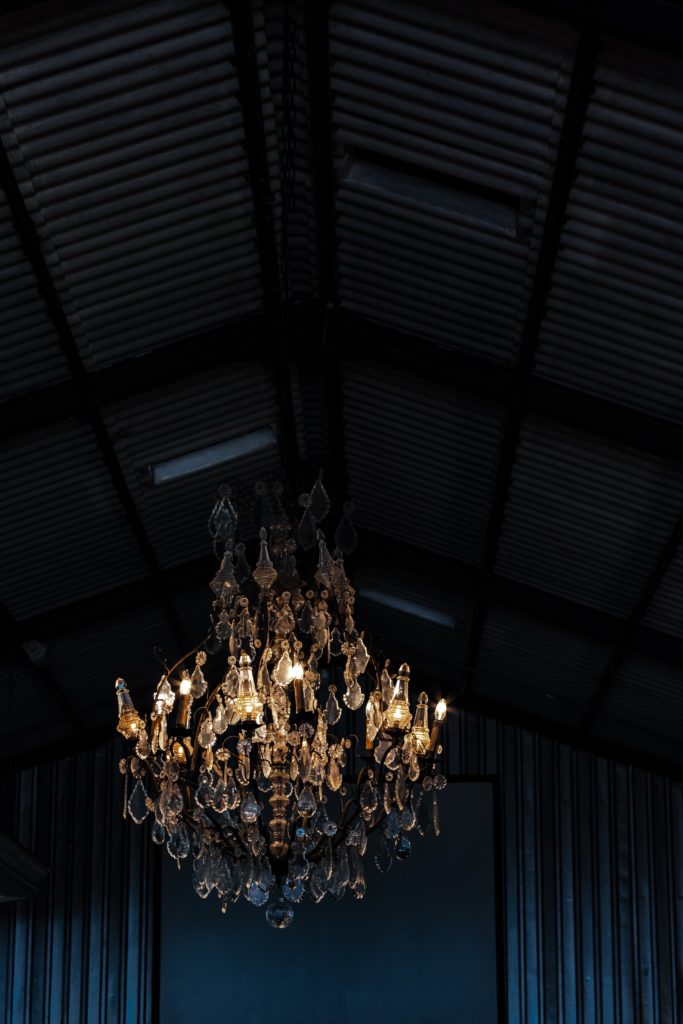
Dark ceilings interior 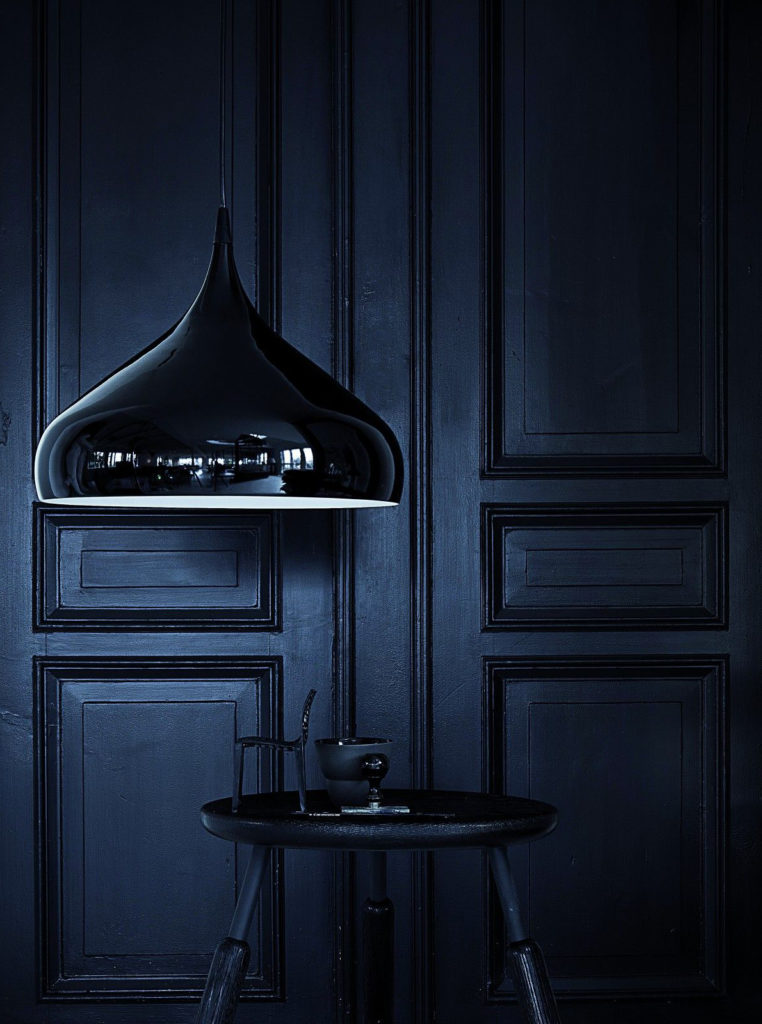
Black lamp in dark interior 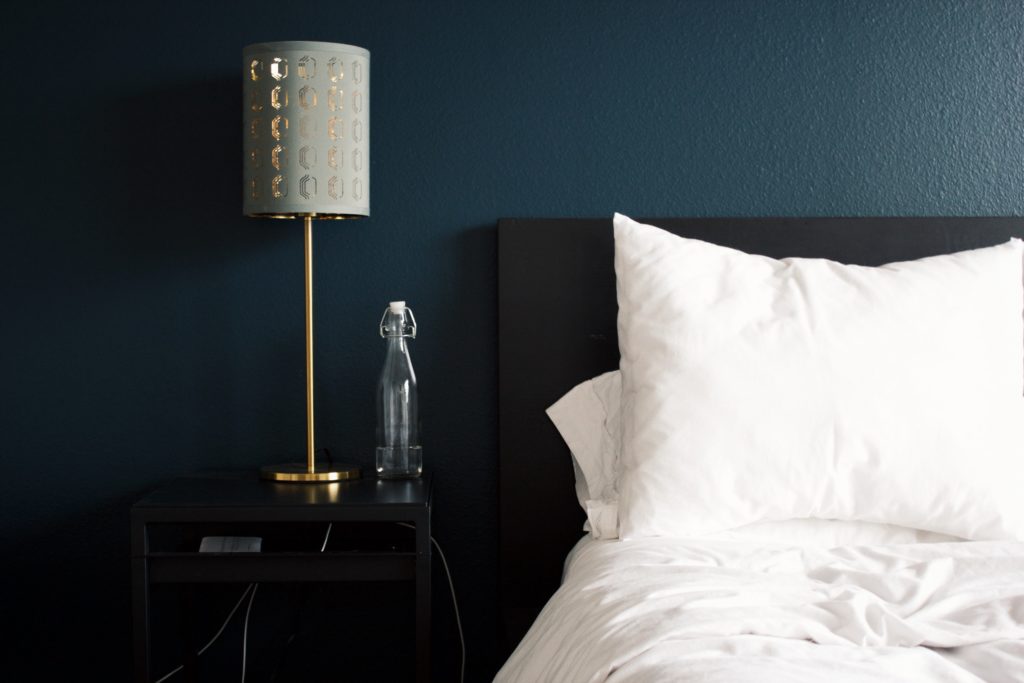
Dark bedroom
3. Make sure the lighting is useful
Consider what tasks you can accomplish in each room, where lighting is most important, and how it will help you do some work. Cooking requires more concentrated light, so bright, accent lighting that is directed precisely where the cooking takes place is useful. This is how lighting in cabinets and over stoves is projected, spotlights mounted on walls. More flexible and focused lighting for reading is aimed precisely at the reading area. In makeup rooms, combination daylight lamps near and above mirrors are recommended. And the light intensity controls have long gained the sympathy of many as they allow you to quickly change the lighting in the room, creating the ambiance you want.
4. Carefully select the LED light
The LED luminaires you choose should be more than just plain luminaires just for lighting. Here are two things to keep in mind: Color temperature.
It is indicated in Kelvin (K), and this size determines what the light emitted by the luminaire will be: warm or cold. It depends on what kind of atmosphere you are trying to create (for example, the low light temperature is more like candlelight while a higher light is more like a blue sky). There are usually three types of white light: “warm” white (2700 – 3000 K), daylight (3500 – 4500 K), and “cold” white (5000 – 6500 K). The first one is recommended for home lighting, the second for offices and shopping centers, and the latter for hospitals and outdoor lighting.
Energy efficiency. It is defined by lumens (lm), which describe the luminous flux and the wattage (W) of the luminaire. Previously, the most popular 100-watt incandescent light bulbs produced a luminous flux of 1,750 lumens, a modern 100W LED lamp of the same wattage now delivering up to 11,000 lumens. It is easy to see that there is no better technology than LEDs in terms of luminous flux to power. For example, to achieve the same luminous flux as a 100 W incandescent bulb, you only need to use an 18 W LED light. It is worth choosing luminaires that give the required luminous flux (lm) and at the same time, have the lowest power (W).
5. Use accent or spotlights
Emphasize and highlight key areas or objects in the room. Hanging mirrors on the walls and accent lighting next to them will significantly expand the space and give the room sophistication and elegance.
6. Show your guests that they are welcome
The large chandeliers above the dining table quickly bring everyone together and create a cozy atmosphere.
7. Light the road at night
At night, as we travel to the bathroom and press the switch, a sudden change in light causes temporary blindness. Invest in directional floor lighting for hallways or stairs to create a subtle light path guide.
8. Less is more
Stick to a single theme, colors, and materials that will fit all your home, especially when it comes to lighting. Too many styles cause confusion to the eyes and worry. Neutral, lighter shades expand the space, while darker hues add a touch of luxury. Keep it simple and consistent.
Final words
In order to create truly functional lighting on the site, it is essential to highlight the areas we want to illuminate. For example, there is often a dining area in the living room, so it is vital to provide a recessed luminaire above the table, and for the main lighting, it is better to choose a ceiling light or neutral recessed luminaires. We do not recommend using too many downlights that can compete with each other (of course, everything depends on the size of the space, the choice of lighting itself, and the layout of the furniture).

